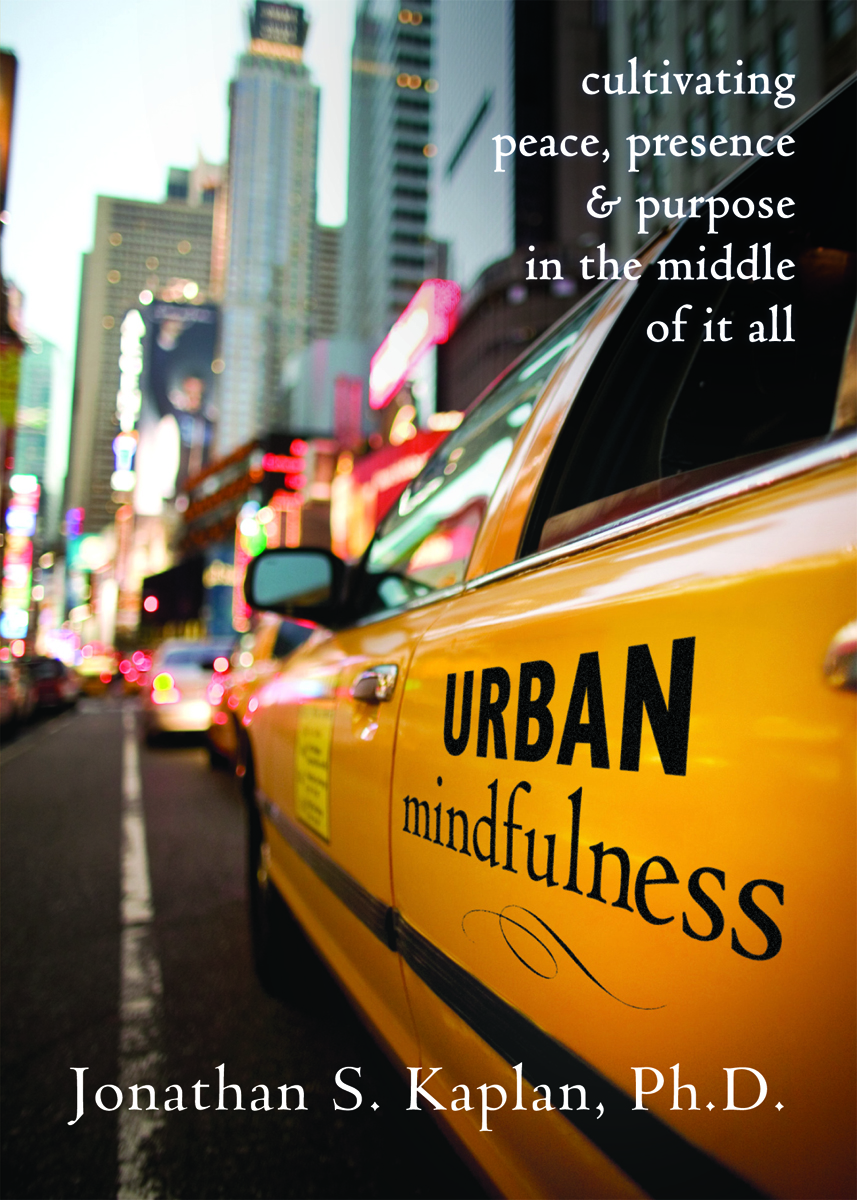Monday
Feb142011
Minding the Fun Stuff
 Monday, February 14, 2011 at 10:21AM
Monday, February 14, 2011 at 10:21AM
By Jenny Taitz, Ph.D.
You’re in a funk and you coincidentally bump into a friend. Are you able to enter the moment and take pleasure in it? It can be quite easy to stay lost in our minds. What may happen if the moment is one where you let go and fully enjoy the chance encounter?
So often, we may find ourselves in a certain mood and gravitate toward information consistent with our mood. For example, if you’re feeling sad in a restaurant you generally like, you may notice a bunch of other diners who seem to be elated and compare yourself to them, maintaining and potentially exacerbating your negative emotional place. It’s hard to relish in the fun stuff when we’re weighed down by emotions.
It’s also challenging to enjoy potential pleasantries when we’re too busy to notice. I often encourage my clients to purposefully plan activities they enjoy. As busy New Yorkers, many people often insist, “There’s just no time!” The good news is we may not necessarily need to actively schedule enjoyment if we practice awareness of small spontaneous surprises.
I’ve been recovering from a month long flu. A couple of days ago I felt exhausted and overwhelmed. A colleague presented me with bag of cough drops and a warm note (thank you, Laura!). For several minutes, I felt revitalized observing about how lucky I am to work with wonderful colleagues. I also noticed a woman bopping along enjoying singers on the subway platform and found myself experiencing subtle happiness while noticing her enthusiasm. That same day, a gym instructor played a song I loved in high school and hadn’t heard in a while, hello four minutes of bliss!
None of the aforementioned examples are especially notable though each entailed taking note.
A potential challenge we all face when we experience joy involves wanting the event to last. Please play my song three more times! Oh no, it’s coming to an end! Does joy penetrate when we worry about the fun stuff ending? Do you ever find yourself distressed about something you enjoy coming to an end (only 2 more days of vacation!)? How does that affect that moment? You’re hardly on vacation if you’re imaging leaving.
It may be helpful to practice being mindful of the fun stuff by:
1. Bringing your full attention to your experience
2. Letting go of the thoughts about the past or worries about the future
3. Beginning again when your mind leaves the moment
4. Not clinging or pushing away from what arises in the moment
You’re in a funk and you coincidentally bump into a friend. Are you able to enter the moment and take pleasure in it? It can be quite easy to stay lost in our minds. What may happen if the moment is one where you let go and fully enjoy the chance encounter?
So often, we may find ourselves in a certain mood and gravitate toward information consistent with our mood. For example, if you’re feeling sad in a restaurant you generally like, you may notice a bunch of other diners who seem to be elated and compare yourself to them, maintaining and potentially exacerbating your negative emotional place. It’s hard to relish in the fun stuff when we’re weighed down by emotions.
It’s also challenging to enjoy potential pleasantries when we’re too busy to notice. I often encourage my clients to purposefully plan activities they enjoy. As busy New Yorkers, many people often insist, “There’s just no time!” The good news is we may not necessarily need to actively schedule enjoyment if we practice awareness of small spontaneous surprises.
I’ve been recovering from a month long flu. A couple of days ago I felt exhausted and overwhelmed. A colleague presented me with bag of cough drops and a warm note (thank you, Laura!). For several minutes, I felt revitalized observing about how lucky I am to work with wonderful colleagues. I also noticed a woman bopping along enjoying singers on the subway platform and found myself experiencing subtle happiness while noticing her enthusiasm. That same day, a gym instructor played a song I loved in high school and hadn’t heard in a while, hello four minutes of bliss!
None of the aforementioned examples are especially notable though each entailed taking note.
A potential challenge we all face when we experience joy involves wanting the event to last. Please play my song three more times! Oh no, it’s coming to an end! Does joy penetrate when we worry about the fun stuff ending? Do you ever find yourself distressed about something you enjoy coming to an end (only 2 more days of vacation!)? How does that affect that moment? You’re hardly on vacation if you’re imaging leaving.
It may be helpful to practice being mindful of the fun stuff by:
1. Bringing your full attention to your experience
2. Letting go of the thoughts about the past or worries about the future
3. Beginning again when your mind leaves the moment
4. Not clinging or pushing away from what arises in the moment




